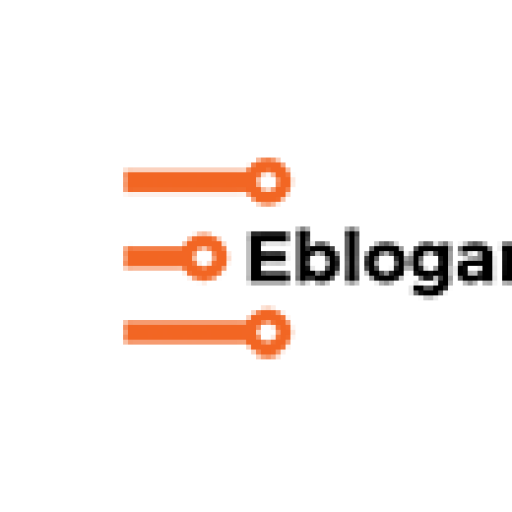An efficient industry is one who delivers more value without incurring new overheads on a frequent basis. Technology, on the other hand, makes it possible to deliver more value by incurring lower overheads. Naturally, companies which adopt technology better and faster are the ones that do better. Banks that have adopted cloud-based loan origination system (LOS) and point-of-sale (POS) software have scaled easily and can do more with less, operationally.
The onslaught of federal regulations on the banking sector made daily operations burdensome. It was incurring more in costs due to complex processes for intensive compliance. They were hardly able to offer good interest rates and were doing far less with more. Mortgage technology made the difference.
While it was easier to comply, many of the tasks got automated and completed without bank officers having to be involved (in the prospecting and sale stages). Underwriting was the only part where the human action was left optional.
Technology features
The primary requirement for a banking application is for it to be usable on a personal device and connectivity. The technology perspective views automation as a replacement of administrative overheads, including salaries. As most of the repetitive work should be done by machines, it is important to embed intelligent systems and use perfect communication channels.
It requires a service-oriented architecture to maximize your reach safely. Consumer portals work fine on the mobile platform if you use web application frameworks like Struts and Wicket. But a business-rules management software, with an IBM Process Manager, is also required. You Vendor might also use jBPM or Windows Workflow Foundation.
Behind all that lies a solid data foundation. To make life easier for your customers and cheaper for your management, the choice of the day is Oracle, Postgres, MySQL, or MongoDB. They can seamlessly connect with communication channels and keep stakeholders updated on real-time data with superfast normalization techniques across the board.
Communication (prospecting and after-sales)
It is important to locate and identify your best customers, even before you get started with your ads. Big data offers accurate information on people and lets you target and convert based on a variety of transactions and life events. Studying their purchase patterns and credit history is necessary, but you should also focus on their expectations. One must get to know their real-time repayment capabilities, as you can connect cloud data including social profiles to shortlist low-risk candidates. Otherwise, your marketing efforts can go waste.
It can become drastically challenging to provide customized information from thousand-page regulatory documents. It can be even more difficult to populate the customer’s software interface accurately with customized information without smart technology.
Maximum leverage from every page, that’s the mantra of the online age!
It’s not about lower cost for fewer web pages, and thus per click. It is also about retaining the attention of your customer and not prolonging the effort from their side. The purchase should be driven by maximum information in the shortest reading time.
Customer retention
Borrowers and banks have a relationship which is more dramatic than any other business. Things are changing with mortgage software, but being laidback in trust building can be dangerous. People talk less frequently about a good loan officer than they do about insurance agent, anyway! They are fine professionals as long as their clients know about the money, but lenders are often perceived to be potential loan sharks. Turning the image around will require you to select just the information they need, whenever they need.
Selling mortgages aren’t enough in this competitive age. You have to rely on customized dashboards to develop strategies that are convincing. For example, borrowers may need tips on how to handle heavy loans, but only if you can sort your content according to the spend patterns available from cloud data. You also need to make on-boarding a simpler task with mortgage software solutions, interact (before and after the sale), help select smaller subsequent loans after a housing mortgage, and there’s more. At the end of the day, you need a smaller spend and a larger customer base that applying makes possible.







